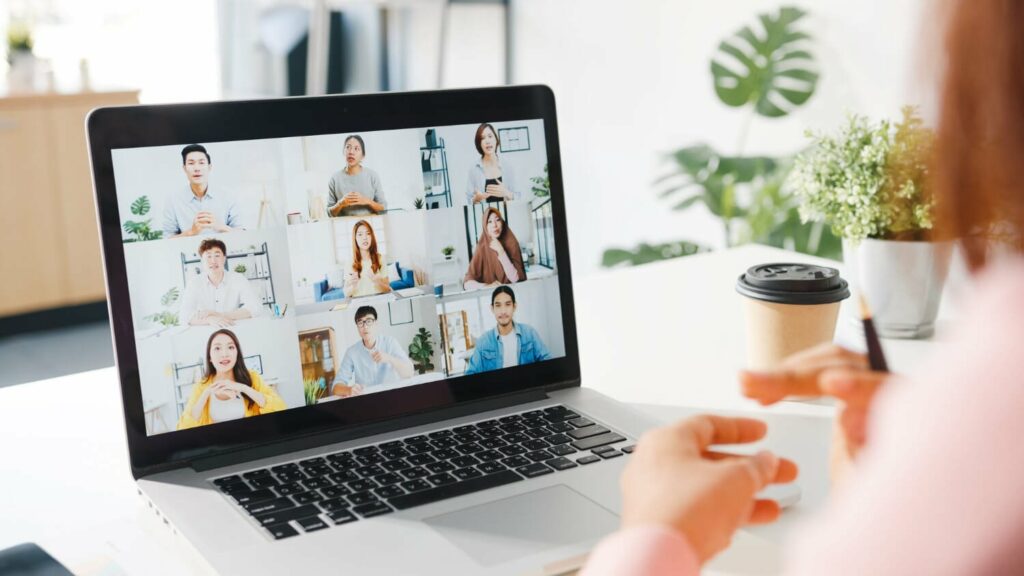Monthly Archives: September 2024
Blog Post 2
- What Does Pedagogy Mean to You:
Teachers using different methods and practices to teach is called pedagogy. Personally, I see our future learning to gradually become more and more online. With technology constantly advancing, resources will be able to be used more for teaching and education. My favorite influence of pedagogy in my educational career would be when teachers have been interactive with their students. I have felt that when teachers are constantly engaging with the students and asking or answering questions; information sticks better with me.
- Networked Pedagogy in Action:
Network pedagogy can be beneficial because it allows for a greater diversity to those you interact with. It allows you to connect and share with others from any distance. I have had very positive experiences in the past connecting with fellow students online. I have been able to make connections and communicate with others for study help. Technology helps allow for these connections to be fulfilled with the use of social media.
- Learning Theories in Practice:
- Social Learning theory:
Social learning theory is the role of social interactions and observations when learning. Within an online setting social learning is very abundent. This is due to the ability to post and share multimedia. This allows for sharing examples of behavior to others. I can see this practice shaping my learning in a positive way. I tend to watch many YouTube videos when studying, this allows for me to watch and mimic others’ behaviors to teach myself difficult material.

- The Role of the Instructor:
With online education, being an online instructor comes with many responsibilities. This is due to not only just being able to teach students, but also having to give outlets for connections, sharing, and collaboration using online tools. These instructors also must be very well educated with online materials to be able to teach them properly. I have taken many online courses at UVic, during this time I have always had a positive experience. This was demonstrated by educators being well versed with all online tools needed to be able to use for the course. This is beneficial as when students had questions about anything to do with the course instructors were able to give clear and efficient instructions.
- Exploring Digital Spaces:
Digital spaces are the locations where interactions and learning happen. Some benefits are that they allow for many students with different backgrounds to connect and collaborate. A challenge would be if these are new outlets that you have not used before it can be confusing and hard to navigate. A way you can be a good influence in these spaces is to always be respectful and positive. You can become well versed in the use of these platforms to ensure you can use them seamlessly. As well as being kind to others and showing them respect online.
Responses to Blog Post 1
Hannah’s Post:
This is a response to Hannahs blog post 1
I enjoyed Hannah’s reflection on the different modes of learning. As a person who prefers a hybrid method of learning I can appreciate the commentary on her reasoning for face to face learning. I agree that face to face learning comes with a greater responsibility and accountability with personal academics. I also agree that face to face learning allows you to focus better with less personal distractions.
I liked Hannahs digital identity breakdown on the importance of a well kept online presence. I agree that managing your online presence is important for your academic and professional career. Being conscious about how others view you can be very impactful for future endeavors.
Larissa’s Post:
This is a response to Larissas blog post 1
I liked Larissa’s in depth definition on exploring open and distributed learning. I liked her elaboration on distributed learning and its encouragement for accessibility; allowing students too work form anywhere at anytime. Larissa’s reflection on open education and its opportunity’s for making resources more accessible is very insightful. Open education is very important to allow students from all backgrounds to be able to get the education they deserve.
I liked Larissa’s commentary on managing your digital literacy. I thought her reflection on how easy it is for future employers to be able to see your personal media. This is important because you need to be aware of how you present yourself online.
Liz’s Post:
This is a response to Liz’s blog post 1
I appreciated Liz’s reflection on asynchronous learning. I personally live at home, about an hour and a half commute to Uvic every day by bus. I also work a few times a week to help support myself and my education. I liked her commentary on the use of asynchronous education as a benefit for student who have difficulty staying on track with other responsibilities. As someone who needs to work and commute everyday this mode of learning is very beneficial towards my education. It allows for more flexibility and forgiveness when schedules get busy. Personally I prefer a hybrid method of learning to help me stay accountable for my work and to stay focused. This being said having some classes be asynchronous allows for a greater flexibility and accessibility for those who have other responsibilities other than school.
About Me & Blog Post 1

My name is Dana Blaylock, and I am entering my third year at UVIC majoring in biology. I have always loved spending my time outdoors and that has solidified my interest in biology and ultimately my pursuit of this degree. My favourite class I have taken at UVIC is my second-year ecology class, in which we studied the relationship between animals and their habitats.
- What is Open Distributed:
Distributed education is where learning modes can be reached from various locations; often done using technology. This is different than the face-to-face traditional learning. This is beneficial for students who cannot physically be present within a classroom due to location, disabilities, or work. This allows for flexibility when it comes to accessible learning; allowing everybody to get an education no matter their situation.
- What is Open Education:
Learning materials that are free of cost such as textbooks, courses, and materials are referred to as open education. This is beneficial as it allows for more accessible resources to people in difficult situations. It can allow students who have funding barriers to receive a valuable education.
- Modes of Learning:
Different modes of learning could be online, face-to-face, blended, and hybrid. My favourite mode of learning would have to be a blended learning. I prefer to engage with people in person and be able to build connections and bounce back ideas of current assignments and topics. I also appreciate being able to submit assignments online or even take exams from the comfort of my own home. A blended mode of learning allows me to achieve my goals efficiently and adequately.
- Digital Literacy:
Having the knowledge and skill to properly use online tools and technologies for education is referred to as digital literacy. Digital literacy is important for open and distributed learning as many platforms for these types of education are online. These online resources are limited based on how well you can thrive within the online world. I have had to build my digital literacy as all my assignments are submitted online. I have had to use coding software and various simulation software for many university courses. If I had not had digital literacy I would have done poorly on those assignments, and it would impact my overall grade for that course.
- Digital Identity:
Your online image and presence are represented by your digital identity. This includes your posts, pictures, and any digital content created under your name. I post often on social media as a source of expression in photography and daily activities. I am very aware that what is posted online stays online and I use my platforms carefully. I avoid sharing personal and valuable information, as well as information that future jobs would frown upon. My digital identity plays a very positive role in my professional and educational life as I can use it to connect and share with classmates or coworkers.
